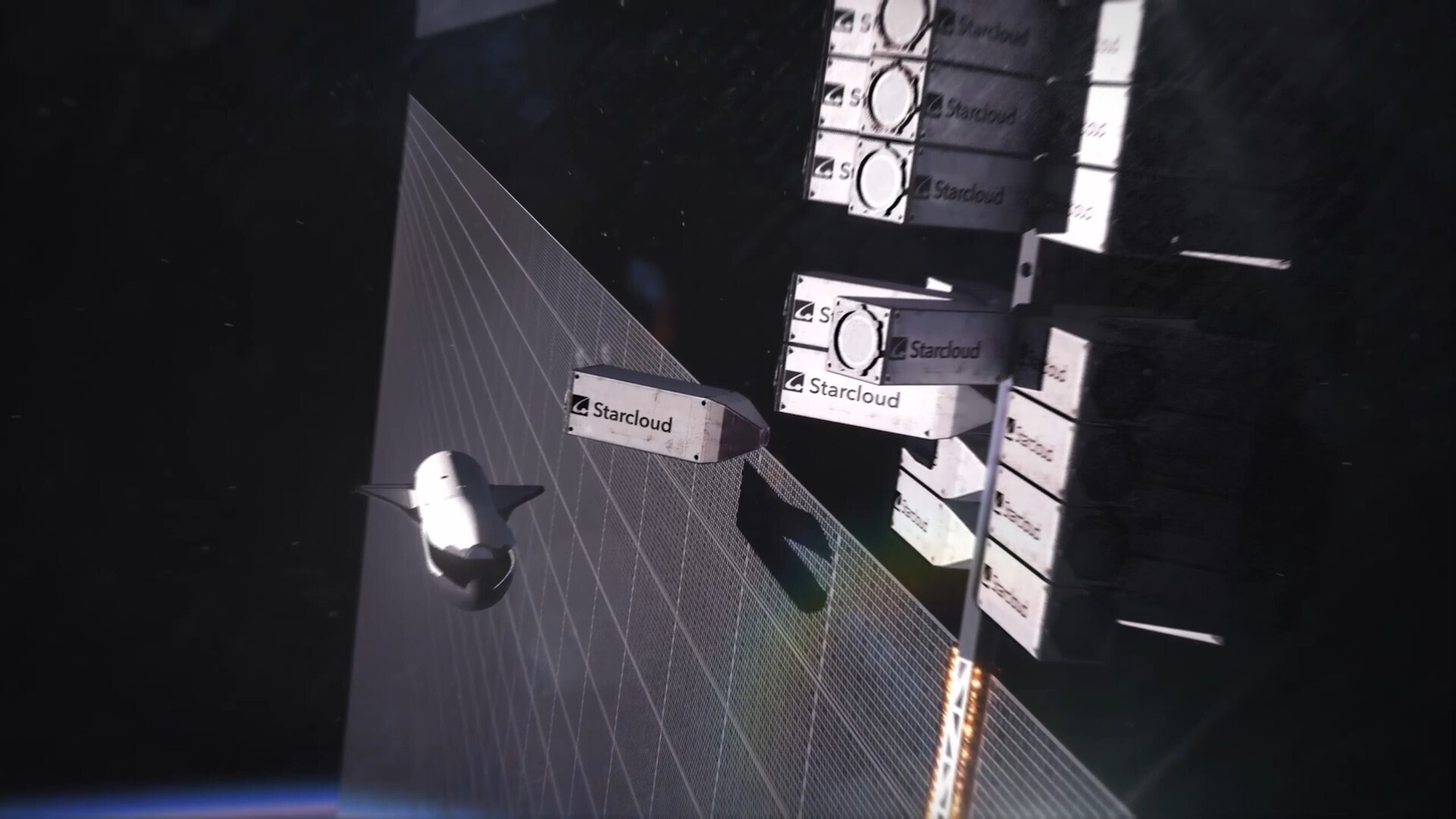Cassini Finds Two Small, Surprising Moons at Saturn

The Cassini spacecraft has spotted two previously unknown and small moons orbiting Saturn in an unexpected location.
The satellites are tiny, about 2 miles (3 kilometers) and 2.5 miles (4 kilometers) in diameter. They orbit within 131,000 miles (211,000 kilometers) of the planet's center.
The discoveries bring the total of Saturn's known moons to 33. Number 31 was discovered last year with a ground-based telescope.
Working vacation
Astronomers had expected Cassini would find some moons. Saturn is so far away that discovering such small satellites is nearly impossible from Earth. Experts guess that Saturn might have dozens of other small, undiscovered moons. But in fact figuring out where to draw the line between small moons and large particles in Saturn's rings could prove challenging.
The newest additions to the Saturnian catalogue provisionally named S/2004 S1 and S/2004 S2. Astronomers said S/2004 S1 may actually have been spotted by the Voyager spacecraft 23 years ago but never confirmed until now.
The moons were first seen by Sebastien Charnoz, a planetary dynamicist working with Andre Brahic, a Cassini imaging team member at the University of Paris.
Breaking space news, the latest updates on rocket launches, skywatching events and more!
"I had looked for such objects for weeks while at my office in Paris, but it was only once on holiday, using my laptop, that my code eventually detected them," Charnoz said in a statement released Monday by NASA. "This tells me I should take more holidays."
The smallest previously known moons around Saturn are about 4 miles (8 kilometers) in diameter.
Surprise location
The newfound objects circle Saturn between the orbits of the moons Mimas and Enceladus. Scientists expected small moons might roam in gaps in the rings, but they were surprised to find any between two major moons. Small comets should have hit them by now and broken them to bits, models suggest.
The moons' presence might therefore help astronomers put limits on the number of comets in the outer solar system.
Moons surrounding the giant planets generally are not found where they originally formed because gravitational forces from the planet can cause them to drift from their original locations, astronomers explained. In drifting, they may sweep through locations where other moons disturb them, making their orbits eccentric or inclined relative to the planet's equator. One of the new moons might have undergone such an evolution, astronomers said.
More moons may be found, researchers said. And Cassini may get up-close looks at the two it just discovered.
"We are at this very moment looking to see what the best times are for retargeting," said Carolyn Porco, imaging team leader at the Space Science Institute in Boulder, Colo. "Hopefully, we haven't seen the last of them."
The moons were detected by noting their movement over time in relation to Saturn and to background stars.
Jupiter, being the closest large planet and easiest to study, has 63 known moons. There are 21 Uranian moons seen so far. Neptune has 13 and Mars has two. Earth has just one. And Pluto also has a moon, Charon.

Rob has been producing internet content since the mid-1990s. He was a writer, editor and Director of Site Operations at Space.com starting in 1999. He served as Managing Editor of LiveScience since its launch in 2004. He then oversaw news operations for the Space.com's then-parent company TechMediaNetwork's growing suite of technology, science and business news sites. Prior to joining the company, Rob was an editor at The Star-Ledger in New Jersey. He has a journalism degree from Humboldt State University in California, is an author and also writes for Medium.
